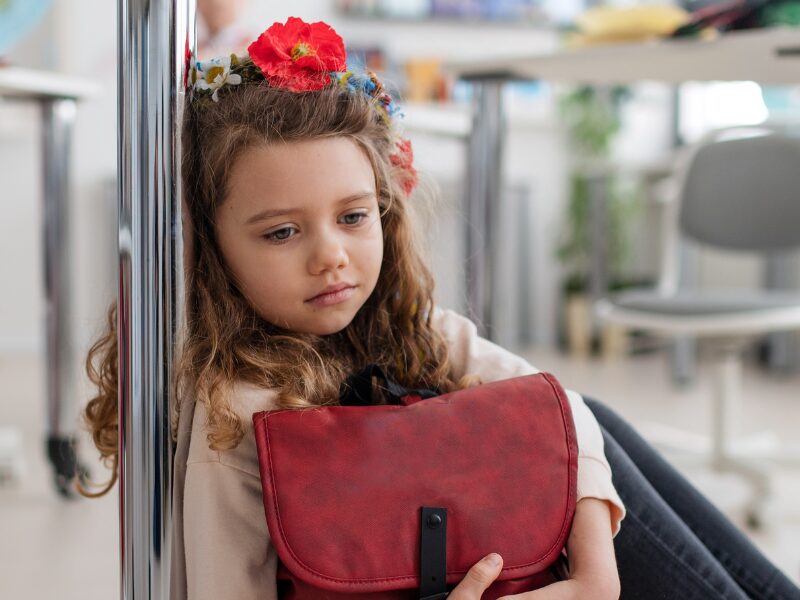Active Shooter Drills and Simulations
A dangerous variation of these drills is hurting students rather than helping them. Learn more about the issue.
A dangerous variation of these drills is hurting students rather than helping them. Learn more about the issue.
In the wake of the Sandy Hook Elementary School shooting, many communities committed to preventing the same tragedy in their own schools. Active shooter drills have become a popular solution to prepare and protect students. But a dangerous variation of these drills hurts students rather than helping them. Active shooter simulations are distinctly different from active shooter drills.
Students can better prepare for emergencies with effective drills. Simulations mimic a real-life shooting. They can use fake blood, pellet guns, the sound of gunfire, and law enforcement sweeping the halls with guns drawn. Active shooter simulations are dangerous and traumatizing. Students should never have to participate.
We support legislation separating active shooter drills from simulations and banning student participation in active shooter simulations.

Active shooter drills can teach students what to do in an emergency without putting them in harm’s way. They can include practicing safe evacuation, sheltering in place, and responding to instruction from trusted adults. When schools use trauma-informed active shooter drills, students don’t face potential harm.
Active shooter simulations, on the other hand, mimic an actual shooting. They can include exposing students to the sound of gun fire and people play-acting injuries. Because they mimic real shootings, they also mimic the fear and trauma real shootings cause. Additionally, when school officials do not inform students of simulations in advance, they face additional stress and anxiety.
In order to create a safe and supportive school environment, students must be protected from harmful and traumatizing practices. Separating drills from simulations and banning student participation in simulations protects youth mental health and wellness. This is a critical component of school safety. Learn more about the distinction and read our Guiding Principles: Active Shooter Drills.
Research tells us simulations that mimic active shooters are likely to be traumatic to participants.1 Intense practices like simulations can increase youth anxiety and fear that the world is a threatening place.
When it comes to schools, federal law does not define what an active shooter drill is. As a result, every state can define these drills for itself. Unfortunately, some states that have already adopted active shooter drills do not do a good job of defining them. In these states, active shooter drills can end up looking very different across schools or district lines. For example, some schools might conduct a lockdown drill while others might conduct simulations.
Many states don’t define what an active shooter drill is and what it isn’t. As a result, some schools practice simulations but call them drills instead. When states do not make clear distinctions between the two, they are often mixed up. This prevents simulations from being regulated properly.
Clearly defining active shooter drills is an important first step. States that do this also have a chance to ensure their drills are trauma-informed. Banning student participation in active shooter simulations is the next step. After all, because simulations mimic real shootings, they are traumatizing by nature.
State laws can ensure active shooter drills and active shooter simulations are never mixed up. Your state legislature can pass a law clearly separating the two. For example, it can clearly define active shooter drills. This will ensure drills aren’t confused with simulations. Plus, they can say simulations can only be done when students aren’t on campus.